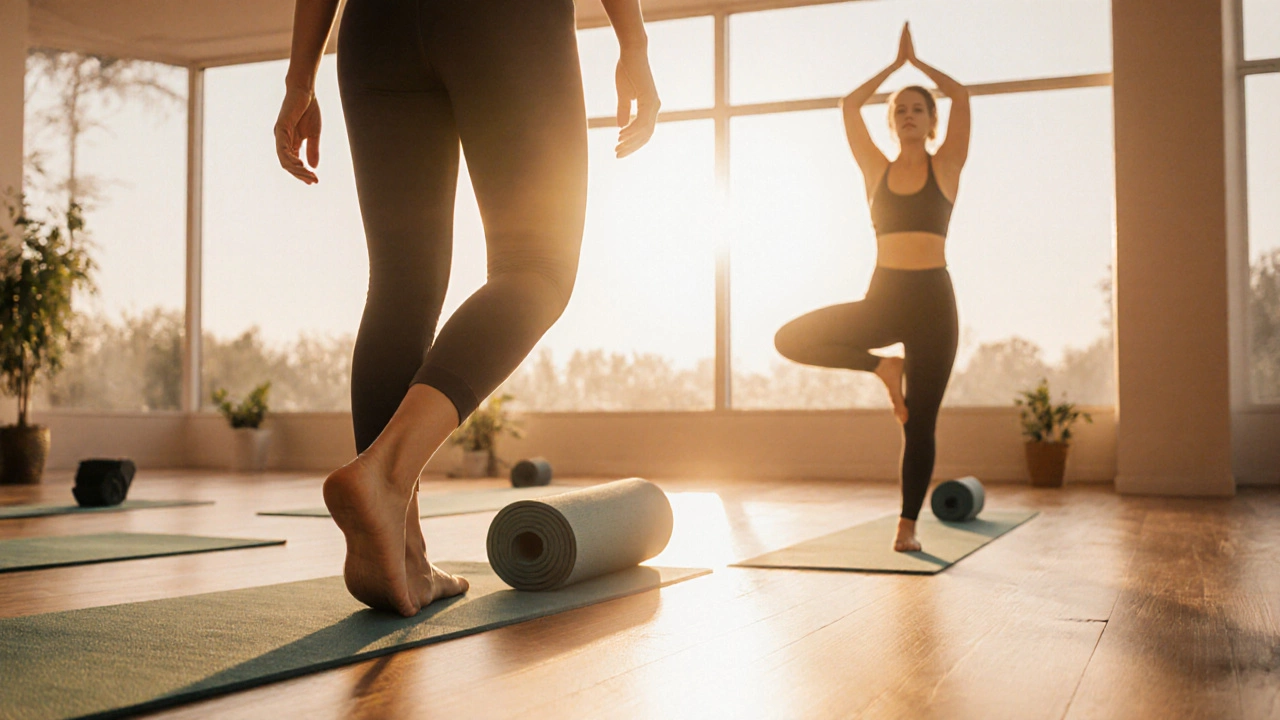Yoga Form: Understanding the Styles and Benefits
When talking about yoga form, the specific approach or style you practice, such as Vinyasa, Hatha, or Restorative. Also known as yoga style, it defines the pace, focus, and sequencing of the session. Knowing the right yoga form helps you match your goals with the right practice and avoid wasted time.
One of the biggest draws of any yoga form is the promise of increased flexibility, the ability of muscles and joints to move through a full range of motion. Flexibility isn’t just about touching your toes; it supports better posture, reduces injury risk, and makes everyday movements feel smoother. Different forms target flexibility in unique ways—dynamic flows stretch on the move, while slower, held poses open tight areas gradually.
Beyond limberness, many practitioners chase stronger strength, muscular endurance and power built through body‑weight holds and transitions. A well‑chosen yoga form can double as a strength workout: classes that emphasize arm balances or deep core engagement develop functional strength without heavy weights. This dual benefit is why yoga often replaces or complements traditional gym sessions.
Mindfulness is another core piece, and that’s where meditation, the practice of focused attention and mental calm enters the picture. Most yoga forms weave brief meditation or breath awareness into the flow, helping you lower stress hormones and improve concentration. Over time, the mental clarity you gain from regular meditation can spill over into work, relationships, and daily decision‑making.
If you’re looking for the gentlest entry point, restorative yoga, a low‑impact style that uses props to support the body in passive poses offers a perfect start. This form emphasizes relaxation, deep breathing, and prolonged holds, making it ideal for recovery days or for anyone new to the mat. It still teaches alignment and body awareness, but without the intensity of power‑focused classes.
Putting these pieces together, the best way to pick a yoga form is to ask three simple questions: What physical outcome do you want—more flexibility, strength, or both? How much time can you commit each week? And do you prefer a fast‑paced flow or a slower, restorative vibe? Answering these lets you line up a style that matches your lifestyle, whether it’s a 20‑minute morning sequence or a longer evening unwind.
Below you’ll find a curated list of articles that dive deeper into each of these aspects. From science‑backed explanations of why yogis stay lean to real‑world timelines for seeing results, the posts cover everything you need to plan, practice, and progress with the right yoga form for you.

Common Yoga Mistakes and How to Fix Them
Maeve Larkspur Oct 21 0Discover the most common yoga mistakes, why they happen, and practical tips to fix them for safer, more effective practice.
More Detail